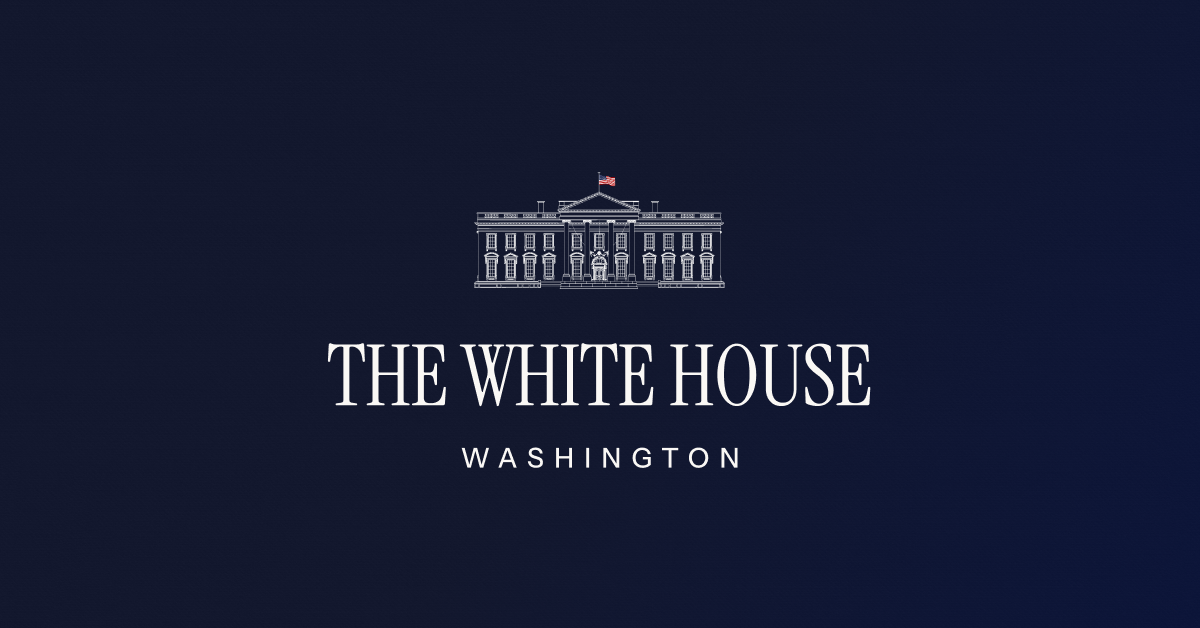Tariff Truce: Maintaining China-US Trade Across The Pacific

Table of Contents
Historical Context of China-US Trade Tensions
The Trump Administration's Trade War
The Trump administration's imposition of tariffs on hundreds of billions of dollars worth of Chinese goods marked a significant escalation in trade disputes. This "trade war" triggered retaliatory measures from China, leading to a cycle of tariff escalation that significantly impacted both economies.
- Specific Tariffs: Tariffs were imposed on various goods, including steel, aluminum, consumer electronics, and agricultural products.
- Retaliatory Measures: China retaliated with its own tariffs on US goods, targeting agricultural products and impacting American farmers significantly.
- Economic Consequences: The trade war led to increased prices for consumers, supply chain disruptions, and slower economic growth in both countries. Studies showed a significant negative impact on global GDP growth.
The use of such aggressive "trade war" tactics highlighted the deep-seated tensions in the bilateral trade relationship, driven by factors beyond simple tariff disputes.
Shifting Geopolitical Landscape
The China-US trade relationship is deeply intertwined with broader geopolitical tensions. Technological rivalry, concerns about intellectual property theft, and national security considerations have all played a significant role in shaping the trade dynamic.
- Technology Disputes: Disputes over 5G technology, semiconductor manufacturing, and artificial intelligence reflect a struggle for technological dominance between the two nations.
- Intellectual Property Concerns: Allegations of intellectual property theft and forced technology transfer have fueled US concerns about unfair trade practices.
- National Security Implications: The US government has increasingly framed trade policy through a national security lens, citing concerns about reliance on China for critical goods and technologies. This has led to supply chain disruptions and increased pressure to diversify sourcing. The resulting "geopolitical tensions" further complicate any attempt to achieve a stable "trade truce."
The Importance of a Tariff Truce for Global Stability
Economic Interdependence
The Chinese and US economies are deeply interconnected. China is a major export market for the US, while the US is a key source of technology and investment for China. Trade disputes between these two nations have significant global ramifications.
- Global Supply Chains: Disruptions to China-US trade negatively impact global supply chains, leading to shortages, delays, and increased costs for businesses worldwide.
- Consumer Prices: Tariffs and trade wars contribute to increased prices for consumers in both countries and globally, reducing purchasing power.
- Investor Confidence: Trade tensions create uncertainty and negatively impact investor confidence, hindering economic growth and investment. The World Bank has documented a measurable negative impact on global investment flows during periods of heightened China-US trade friction.
The Role of International Organizations
International organizations, particularly the World Trade Organization (WTO), play a vital role in mediating trade disputes and promoting fair trade practices.
- WTO Dispute Settlement: The WTO provides a mechanism for resolving trade disputes through its dispute settlement system. However, the effectiveness of this system has been challenged in recent years.
- Multilateral Trade Agreements: Multilateral trade agreements aim to create a more stable and predictable trading environment by establishing rules and regulations for international trade. However, their effectiveness is often undermined by bilateral trade disputes such as the China-US trade war.
- Trade Negotiations: International organizations facilitate trade negotiations and provide a platform for countries to discuss and resolve trade-related issues. However, these negotiations often become complicated when dealing with national security considerations and economic interdependence.
Strategies for Maintaining a Peaceful Trade Relationship
Negotiation and Diplomacy
Constructive dialogue and compromise are essential for resolving trade disagreements. Both countries need to engage in good-faith negotiations to find mutually acceptable solutions.
- Bilateral Agreements: Negotiating targeted bilateral agreements to address specific trade concerns can be more effective than broad-based tariff increases.
- Diplomatic Solutions: Prioritizing diplomacy and communication channels to de-escalate tensions and foster mutual understanding is crucial.
- Conflict Resolution Mechanisms: Establishing clear conflict resolution mechanisms can help prevent minor disagreements from escalating into major trade wars.
Diversification of Supply Chains
Reducing over-reliance on any single country for goods and services is crucial for enhancing supply chain resilience.
- Supply Chain Resilience: Diversification mitigates the risk of disruptions caused by trade disputes or geopolitical events.
- Risk Mitigation: Spreading sourcing across multiple countries reduces vulnerability to shocks in any one region.
- Geopolitical Risk: Diversification reduces dependence on countries with potentially unstable political environments.
Promoting Fair Trade Practices
Ensuring transparency, intellectual property protection, and fair competition is crucial for a healthy trade relationship.
- Intellectual Property Rights: Stronger enforcement of intellectual property rights is essential to protect innovation and prevent unfair competition.
- Competitive Markets: Promoting fair competition through regulations and enforcement helps prevent monopolies and ensures a level playing field.
- Trade Transparency: Greater transparency in trade policies and practices helps build trust and reduces uncertainty.
Conclusion: Securing a Lasting Tariff Truce Between China and the US
A lasting tariff truce between China and the US is not merely a desirable outcome; it's a necessity for global economic stability. Maintaining a peaceful trade relationship requires a multifaceted approach that combines negotiation and diplomacy, supply chain diversification, and a commitment to fair trade practices. Ignoring these complexities risks further instability and economic hardship. Staying informed about developments in China-US trade relations and advocating for policies that promote peaceful and mutually beneficial trade agreements is crucial. Support organizations working to promote fair trade and responsible global trade practices; let your voice be heard in the effort to manage US-China trade relations effectively and navigate the complexities of China-US tariffs to achieve a lasting, beneficial truce.

Featured Posts
-
 The Nintendo Switch And Indie Games A Complex Relationship
May 31, 2025
The Nintendo Switch And Indie Games A Complex Relationship
May 31, 2025 -
 Musk Cuts 101 Million In Dei Spending Trump Highlights Wasteful Government Funds
May 31, 2025
Musk Cuts 101 Million In Dei Spending Trump Highlights Wasteful Government Funds
May 31, 2025 -
 The Role Of Algorithms In Radicalization Are Tech Firms Liable For Mass Shootings
May 31, 2025
The Role Of Algorithms In Radicalization Are Tech Firms Liable For Mass Shootings
May 31, 2025 -
 German City Offers Free Two Week Accommodation To Attract New Residents
May 31, 2025
German City Offers Free Two Week Accommodation To Attract New Residents
May 31, 2025 -
 Giro D Italia 2024 Papal Blessing Awaits Cyclists In Vatican City
May 31, 2025
Giro D Italia 2024 Papal Blessing Awaits Cyclists In Vatican City
May 31, 2025
